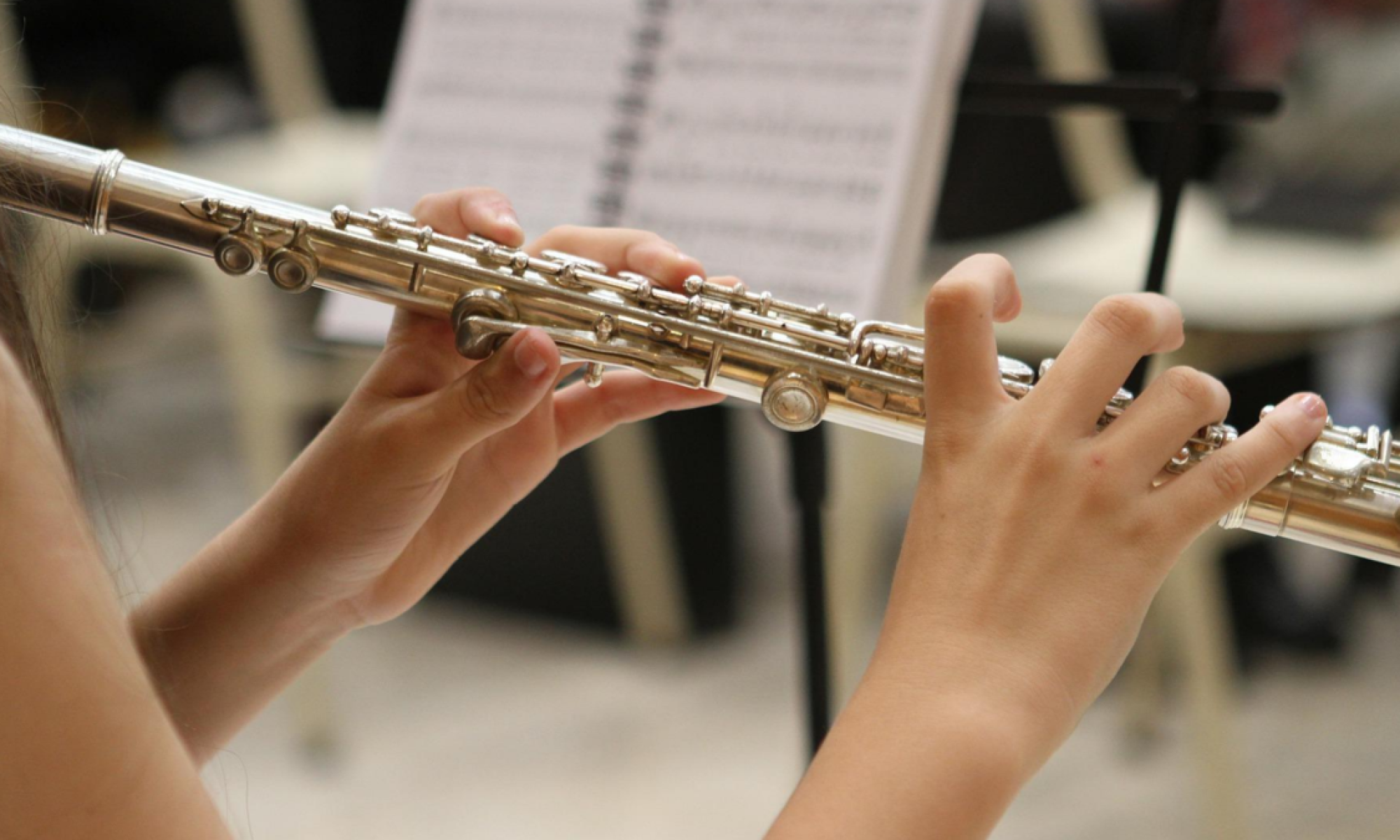This week, I worked on creating the rhythm detection algorithm. We first practiced by simply writing into a midi file, using the mido library in python, and then uploading the output into musescore so we could see what the sheet music generation looked like.
We are trying to get the bare bones aspect of the project working, so we did a few different recordings, including the metronome alone, someone playing a D on the flute with the metronome in the background and no other sound, and then someone playing a D on the flute with some background noise (people talking). This helps us test with just detecting a note with the clear recording, but also experiment with noise suppression, which Shivi is working on.

(what the isolated signals for the metronome and the flute note look like)
After analyzing what these frequencies look like after doing a fourier transform on them, I isolated the signal by using a filter to filter out all other frequencies than the pitch of the note played and calculated the duration of the notes, using the inputted bpm. However, with audio recordings, there tends to be a lot of variation in the sound quality, creating a lot of peaks within the wave. This originally made my code think there were multiple different notes being played since I was trying to calculate it by the peaks. After analyzing the signal further, I migrated to using 20% of the max amplitude to use as a threshold to calculate the duration of a note. I then transcribed this into a midi file and uploaded it to musescore to look at the results. Though it is still not accurate for the rhythm, I am hopeful that this will be working soon and plan on using a sliding window filter in future testing to reduce the number of peaks and noise.

(what is currently being transcribed to musescore, should just be a signal note so will need to reassess my threshold value)
My current progress is on schedule. This next week I hope to get the rhythm detection accurately working for a whole note, quarter note, and a half note for the same note at the very least. Hopefully, I will be able to detect switches in notes soon as well.

